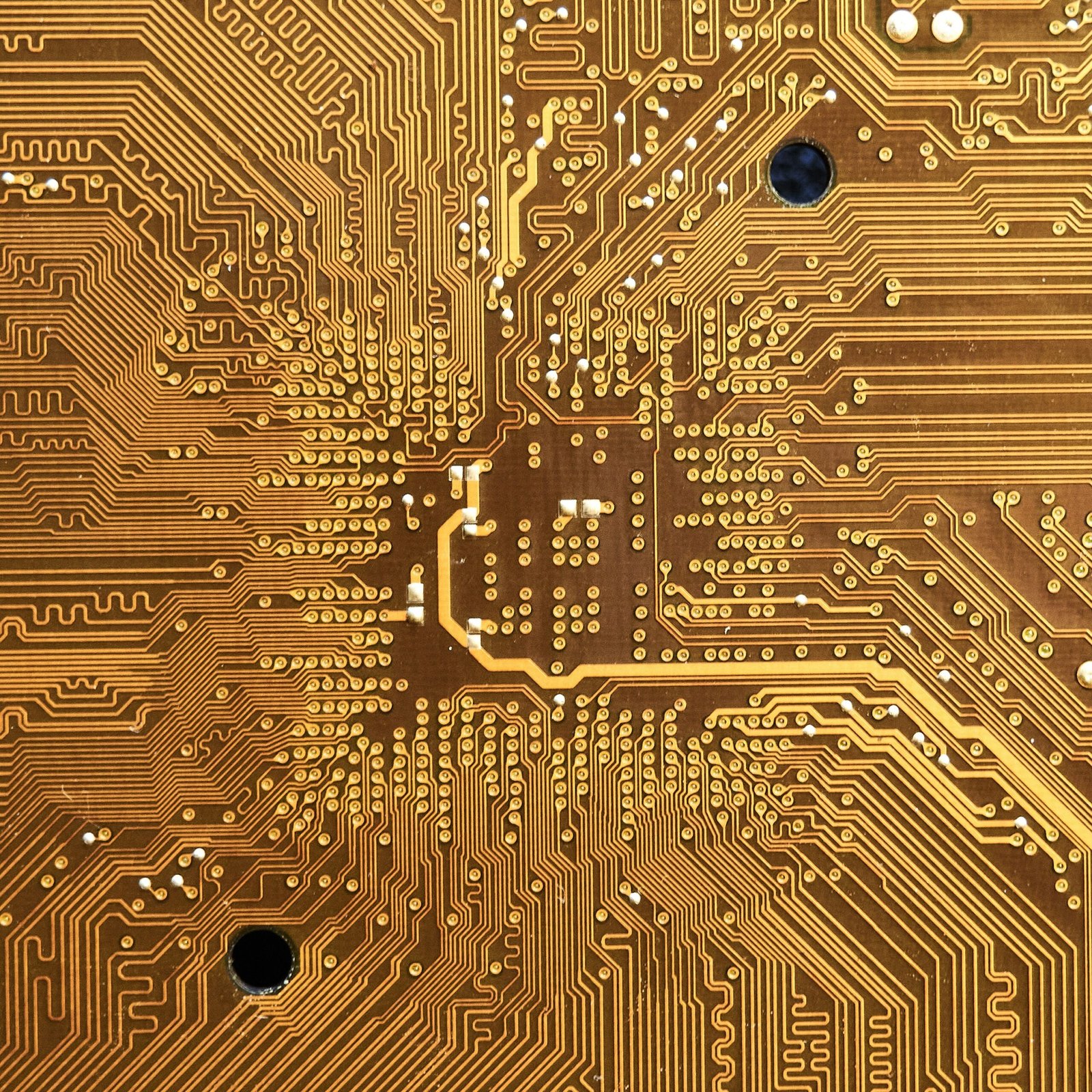Introduction to Edge Computing
In recent years, edge computing has emerged as a pivotal technology in the realm of data processing and communication. This decentralized computing model allows data to be processed closer to the data source, thereby significantly reducing latency and enhancing overall system performance. As the volume of data generated by IoT devices and other digital technologies continues to escalate, traditional cloud computing approaches face challenges related to bandwidth, responsiveness, and real-time data analysis. Edge computing addresses these challenges by facilitating immediate processing of data at or near the source, which is critical for applications requiring rapid decision-making.
The significance of edge computing is underscored by its ability to support a wide array of industries, including banking, healthcare, manufacturing, and smart cities. For instance, in healthcare, real-time data processing can lead to quicker diagnosis and timely interventions, which can be life-saving. Similarly, in manufacturing, edge computing plays an essential role in predictive maintenance, enabling machines to relay critical information instantly, and reducing downtime. In these contexts, the need for efficient data handling and low latency solutions becomes abundantly clear, outlining the importance of edge computing in today’s technological landscape.
Furthermore, the expansion of 5G networks is set to provide a substantial boost to edge computing, enabling faster and more reliable connectivity for devices at the edge. This synergy is expected to unlock new opportunities for innovation, allowing businesses to leverage real-time analytics more efficiently as they strive to enhance customer experiences and optimize operational processes. As we delve into the evolving trends and future predictions surrounding edge computing, it is essential to recognize its foundational role in shaping the digital transformation journey across diverse sectors, offering significant advantages in terms of speed, performance, and efficiency.
Current Trends in Edge Computing
The landscape of edge computing is continuously evolving, driven by various technological advancements and market demands. One of the most significant trends is the rapid rise of Internet of Things (IoT) devices, which are increasingly relying on edge computing to process data closer to the source. According to recent research, the number of IoT devices is expected to exceed 75 billion by 2025, creating a massive influx of data that requires efficient processing. This surge has prompted organizations to implement edge computing solutions, which facilitate real-time analytics, thus reducing latency and bandwidth constraints commonly associated with traditional cloud computing.
Another key trend is the growing importance of real-time data processing. As industries such as manufacturing, healthcare, and transportation adopt smarter technologies, the need for immediate data insights has become paramount. Edge computing allows for the near-instantaneous processing of data at the location of the device instead of transmitting it to a centralized cloud, allowing organizations to respond swiftly to operational changes. A survey conducted by a leading technology research firm indicated that over 80% of organizations believe that real-time data access is critical for maintaining competitiveness in their respective fields.
Moreover, advancements in artificial intelligence (AI) and machine learning are poised to play a fundamental role in the future of edge computing. By integrating AI capabilities at the edge, organizations can not only enhance data processing capabilities but also improve decision-making processes through predictive analytics and automation. For instance, smart manufacturing facilities are deploying AI at the edge to optimize production lines, predict equipment failures, and reduce downtime, ultimately resulting in increased efficiency.
These emerging trends in edge computing illustrate a shift towards more decentralized systems that empower organizations across various sectors to harness the power of real-time data processing, making informed decisions with greater agility.
Predictions for the Future of Edge Computing
The landscape of edge computing is projected to witness significant transformations over the next few years, driven by various technological advancements and the increasing demand for low-latency processing. Industry experts foresee that the integration of artificial intelligence (AI) and machine learning (ML) at the edge will empower devices to perform real-time data analysis and decision-making, thereby enhancing operational efficiencies across diverse sectors. As these technologies evolve, we can expect more applications in critical areas such as autonomous vehicles, healthcare monitoring, and smart cities, where immediate data processing is essential.
In addition to AI and ML, the rise of 5G networks is anticipated to greatly influence edge computing. The high-speed and low-latency capabilities of 5G will enable more devices to connect seamlessly, further expanding the scope of edge deployments. This connectivity will foster innovations, allowing for widespread adoption of Internet of Things (IoT) devices that rely on edge computing for enhanced functionality and responsiveness. The synergy between 5G and edge computing is poised to unlock new opportunities for industries, such as real-time analytics in manufacturing and predictive maintenance in transportation, contributing to operational resilience and agility.
However, the transition towards broader edge computing adoption is not without its challenges. Security concerns, particularly regarding data privacy and integrity, are expected to intensify as more data is processed at the edge. Organizations must remain vigilant in implementing robust cybersecurity measures to safeguard their systems from potential threats. Additionally, addressing interoperability among various edge devices and platforms will be critical to ensuring smooth functionalities and seamless performance across different environments.
In conclusion, the future of edge computing presents exciting possibilities, driven by advancements in technology and networking. Organizations must stay informed about these trends and prepare strategically to leverage the benefits and navigate the potential challenges of this evolving landscape.
Conclusion and Reader Engagement
In summary, the future of edge computing presents an array of transformative trends and predictions that have the potential to reshape industries and enhance overall operational efficiency. The movement towards decentralized data processing continues to gain momentum, driven by the increasing need for real-time analytics and reduced latency. Technologies such as the Internet of Things (IoT), artificial intelligence (AI), and 5G connectivity are poised to play pivotal roles in accelerating edge computing adoption. As organizations increasingly recognize the value of pushing computational resources closer to data sources, we can anticipate a shift in architectural designs and application deployments.
Additionally, with the rising focus on data security and privacy, edge computing offers a strategic advantage by facilitating local data processing and storage. This minimization of data transfer to centralized clouds negates many security vulnerabilities and is becoming a crucial consideration for businesses. Moreover, the impact of edge computing on industries such as healthcare, manufacturing, and smart cities cannot be overstated, as it provides tailored solutions that significantly enhance service delivery and operational responsiveness.
As you navigate this dynamic field, consider how these trends might influence your own strategies and practices in edge computing. Engage with fellow readers by sharing your thoughts or experiences in the comments section below. Do you have any predictions on how edge computing will evolve? What challenges or opportunities do you foresee on the horizon? We encourage you to connect with us on social media and join the conversation. Your insights can foster a collaborative environment as we collectively explore the future of this groundbreaking technology.



